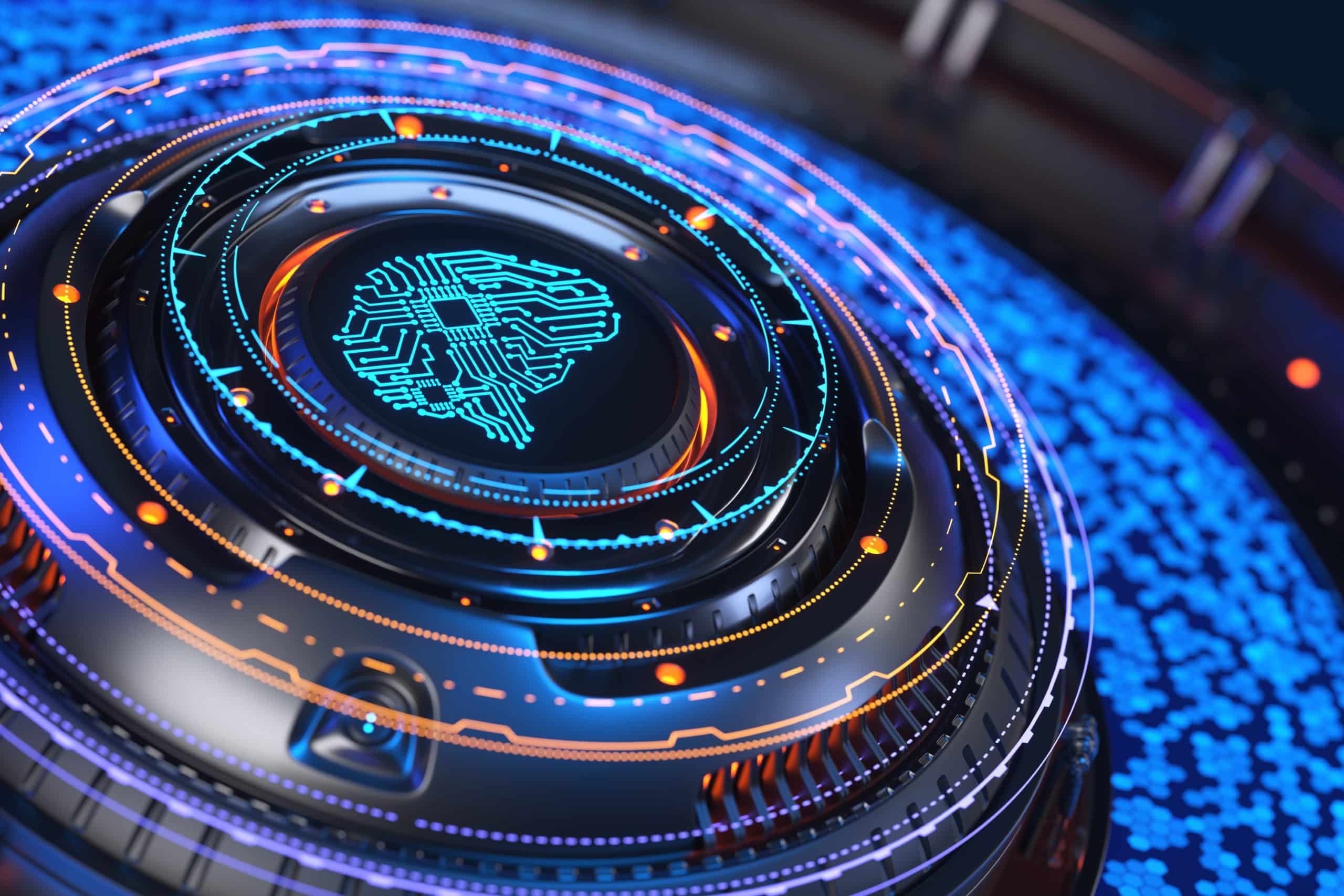How Is AI Applied to Enhance Forecasting in Renewable Energy Markets?

In this contemporary era of intelligence, renewable energy sectors are harnessing the power of artificial intelligence to optimize energy generation and meet ever-evolving market demands. This article delves into the role of AI in boosting the forecasting capabilities in the renewable energy industry, from managing grid systems to predicting power demand, and even enhancing wind and solar energy generation.
The Intersection of AI and Renewable Energy
Artificial intelligence, a technology once confined to the realms of sci-fi, is now a tangible reality. AI has permeated various sectors and is now forging its way into the renewable energy industry. It’s important to understand that the renewable energy sector is complex. It is influenced by numerous variables such as weather conditions, power demand, and market dynamics, which can be difficult to predict. That’s where AI comes in handy.
Lire également : How Can Digital Twins Aid in Safety Testing for Autonomous Vehicle Prototypes?
AI for Grid Management
Grid management is a critical aspect of the renewable energy industry. The energy grid needs to balance the demand and supply of power effectively to ensure smooth functioning. Here’s where AI helps by making the grid smarter and more responsive. AI-powered systems can learn from previous data, recognize patterns, and make real-time decisions to effectively manage power distribution.
For example, if there is a surge in power demand in a particular region, an AI-powered grid can reroute power from a less demanding area to meet the increased need. It can also predict future power demand based on historical data and current trends, allowing grid operators to plan ahead and prevent power shortages.
Avez-vous vu cela : What’s the Role of Adaptive Optics in Next-Generation Telescopic Research?
AI in Energy Demand Forecasting
Accurate forecasting of energy demand is crucial for efficient power generation and distribution. AI can analyze vast amounts of data from diverse sources such as weather forecasts, historical consumption patterns, and real-time sensor data from smart meters to predict future power demand with high accuracy.
AI-based forecasting models can assimilate and process this information much quicker than traditional methods, ensuring timely decision-making. Moreover, these models continually learn and improve their predictions over time, leveraging machine learning algorithms to refine their forecasting capabilities.
AI for Wind and Solar Energy Forecasting
Harnessing wind and solar power depends heavily on weather conditions. Inconsistencies in weather patterns can lead to unpredictable power generation, making it challenging for energy providers to meet demand. AI can help overcome these challenges through advanced forecasting.
AI systems can analyze historical weather data and real-time meteorological information to predict wind speeds and solar irradiance accurately. This enables energy providers to forecast the amount of power that can be generated from wind and solar sources, thereby optimizing their operations and reducing waste.
AI in Market Intelligence and Global Forecasting
The renewable energy sector is a global market with several players and complex dynamics. Understanding industry trends and making accurate market forecasts are essential for making strategic decisions.
AI-powered market intelligence tools offer a solution here. They can analyze massive amounts of market data, identify trends, and make reliable predictions about the market’s future direction. These tools can also monitor global events and policy changes that could influence the renewable energy market, enabling businesses to stay ahead of the curve.
Overall, the incorporation of artificial intelligence into the renewable energy sector is a game-changer. It allows for more accurate forecasting, more efficient grid management, and a deeper understanding of market dynamics. As AI continues to evolve and improve, its impact on the renewable energy industry is bound to grow, driving the global shift towards sustainable energy sources.
Advanced Load and Energy Storage Forecasting with AI
Load forecasting is a method used by power companies to predict the amount of power that will be consumed by their customers. In the context of renewable energy, this becomes more relevant as energy from sources such as wind and solar is fluctuating and highly dependent on external factors like weather conditions. Predicting demand accurately allows these companies to optimize their energy production and reduce waste, ensuring a more sustainable operation.
Artificial intelligence has dramatically enhanced load forecasting. AI algorithms analyze a wealth of data from various sources, including historical load data, weather forecasts, and real-time information from smart grids. This data is crunched at exceptional speed to produce remarkably accurate load forecasts.
The power of AI also extends to energy storage forecasting. Energy storage systems are an essential part of the renewable energy sector, but they also pose unique challenges. For instance, predicting the amount of energy that will be available for storage at any given time is complex due to the fluctuating nature of renewable energy sources.
Here, AI’s predictive capabilities come into play. AI technology can process vast amounts of data on weather forecasts, energy consumption, and the state of the energy storage system itself. By analyzing this data, AI can generate highly accurate predictions of how much energy will be available for storage, enabling the energy sector to manage its resources more effectively.
AI to Drive Growth in the Renewable Energy Markets
The renewable energy market is set to grow exponentially in the coming years, driven by the increasing global focus on sustainability and reducing carbon emissions. A critical factor in this growth will be the use of innovative technologies such as artificial intelligence.
AI is a significant driver in the growth of renewable energy markets worldwide, including in regions like North America and the Asia Pacific. It supports every aspect of the renewable energy industry, from load forecasting and grid management to energy storage forecasting and market intelligence.
Moreover, artificial intelligence can provide a competitive edge to renewable energy companies. Companies capable of forecasting energy demand with higher precision can optimize their operations better, reducing waste and enhancing profitability. Similarly, companies with a deeper understanding of market trends, enabled by AI-powered market intelligence tools, can make more strategic decisions and stay ahead of the competition.
Conclusion
In conclusion, artificial intelligence is revolutionizing the renewable energy industry. Through advanced load forecasting, energy storage predictions, and insightful market intelligence, AI is enhancing efficiency and driving growth in renewable energy markets.
As the world continues to shift towards a more sustainable future, the role of AI in the renewable energy sector is set to increase. With advancements in machine learning and other AI technologies, we can look forward to more accurate forecasts, more efficient energy systems, and a more sustainable world. Indeed, the future of renewable energy is bright, and it is powered by AI.
